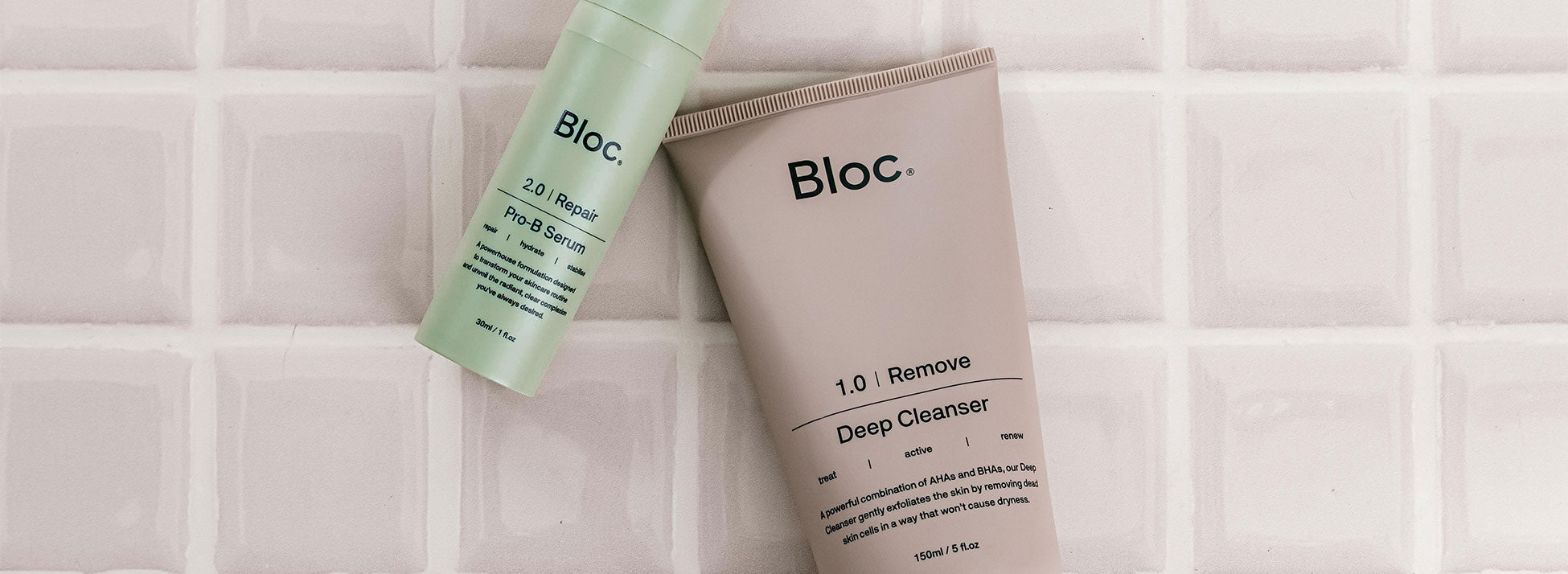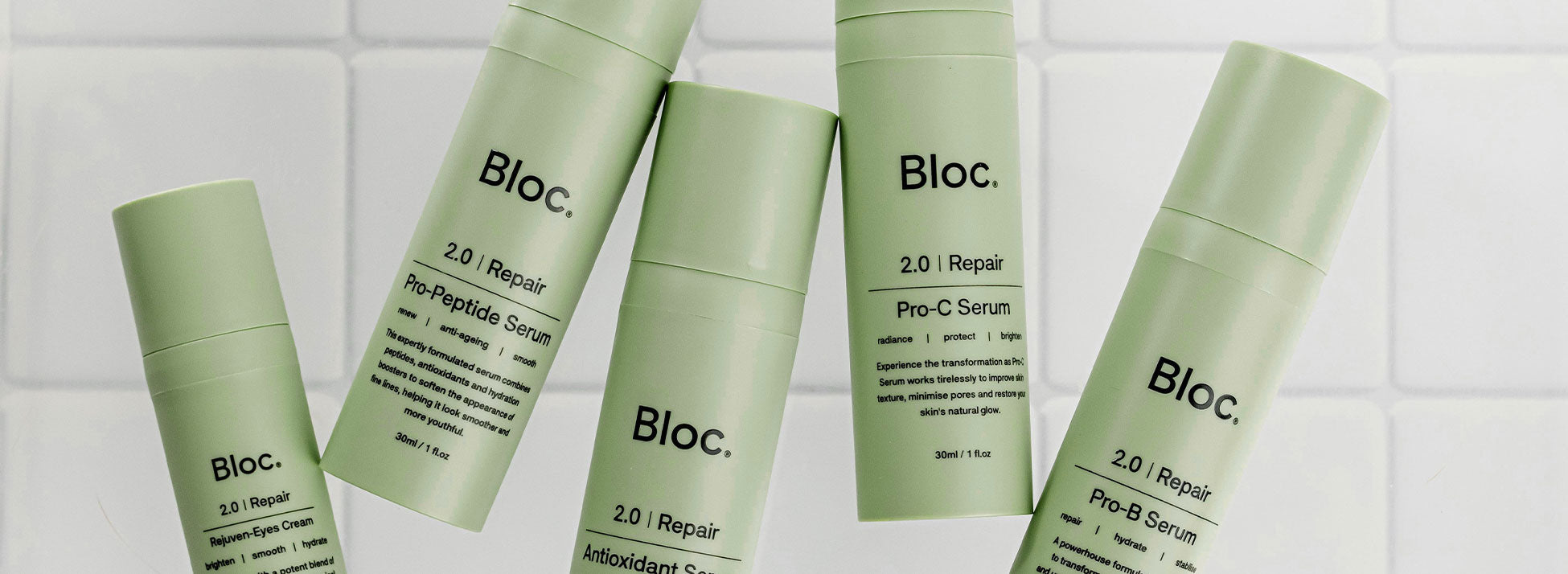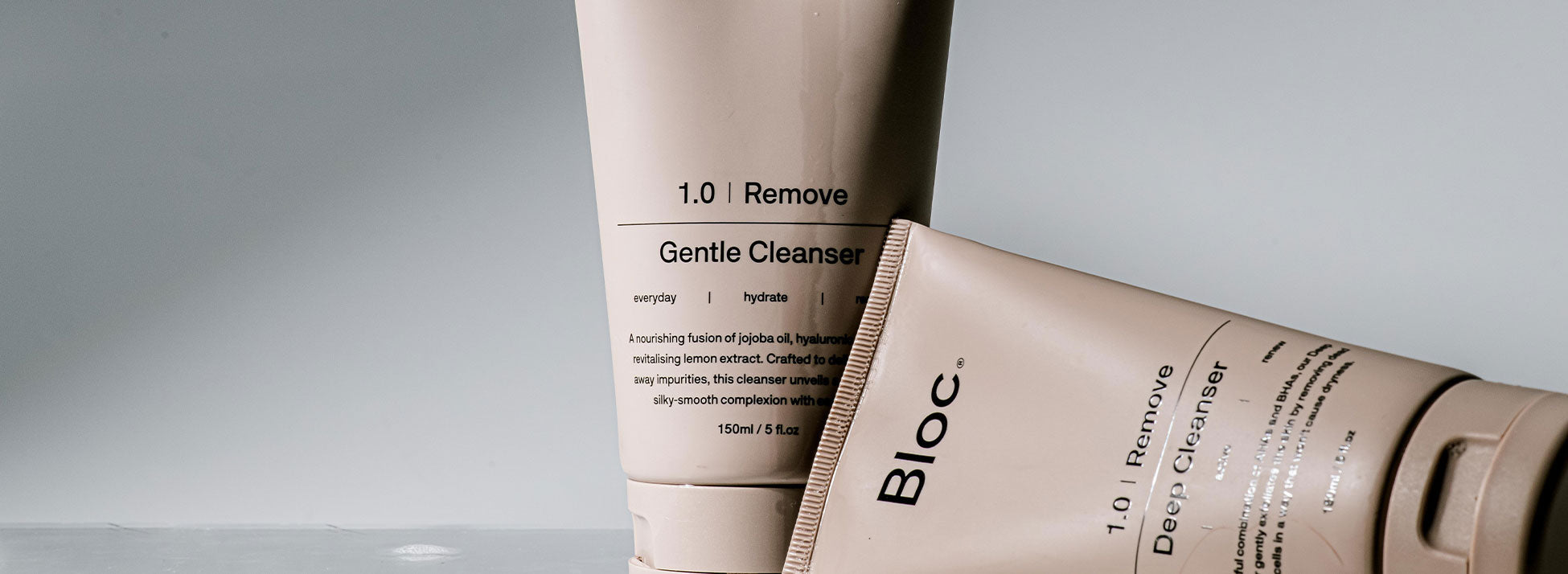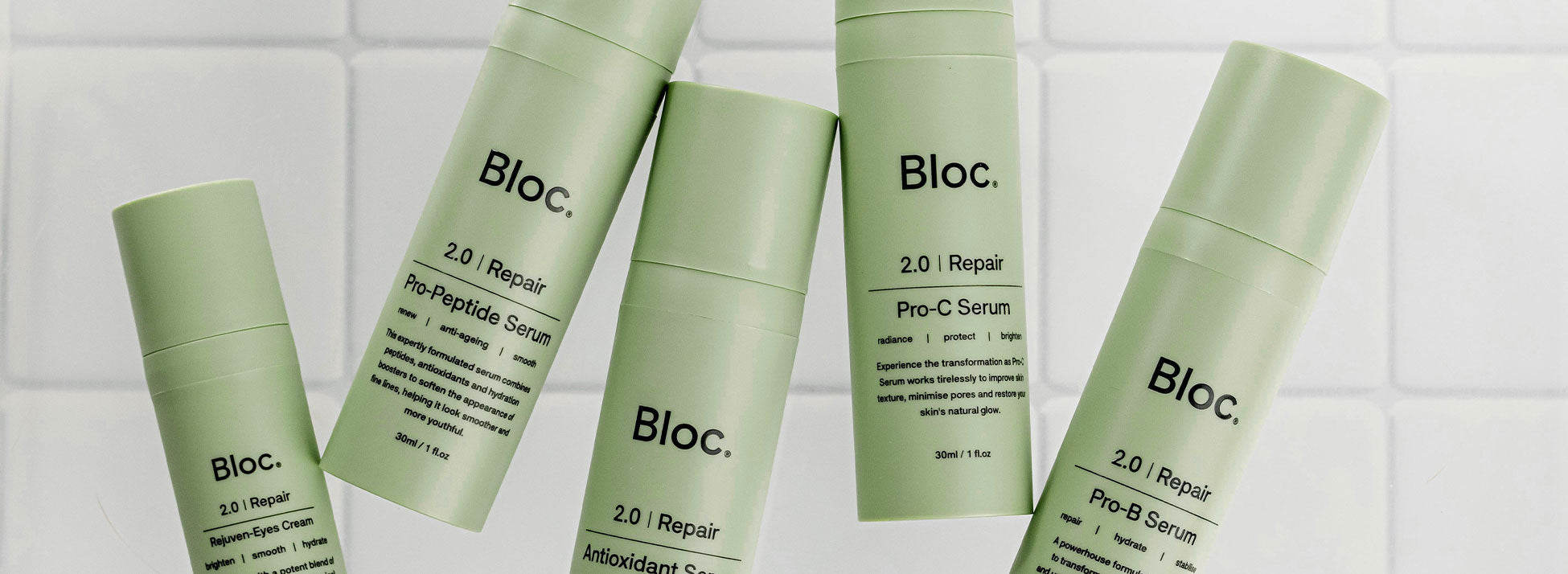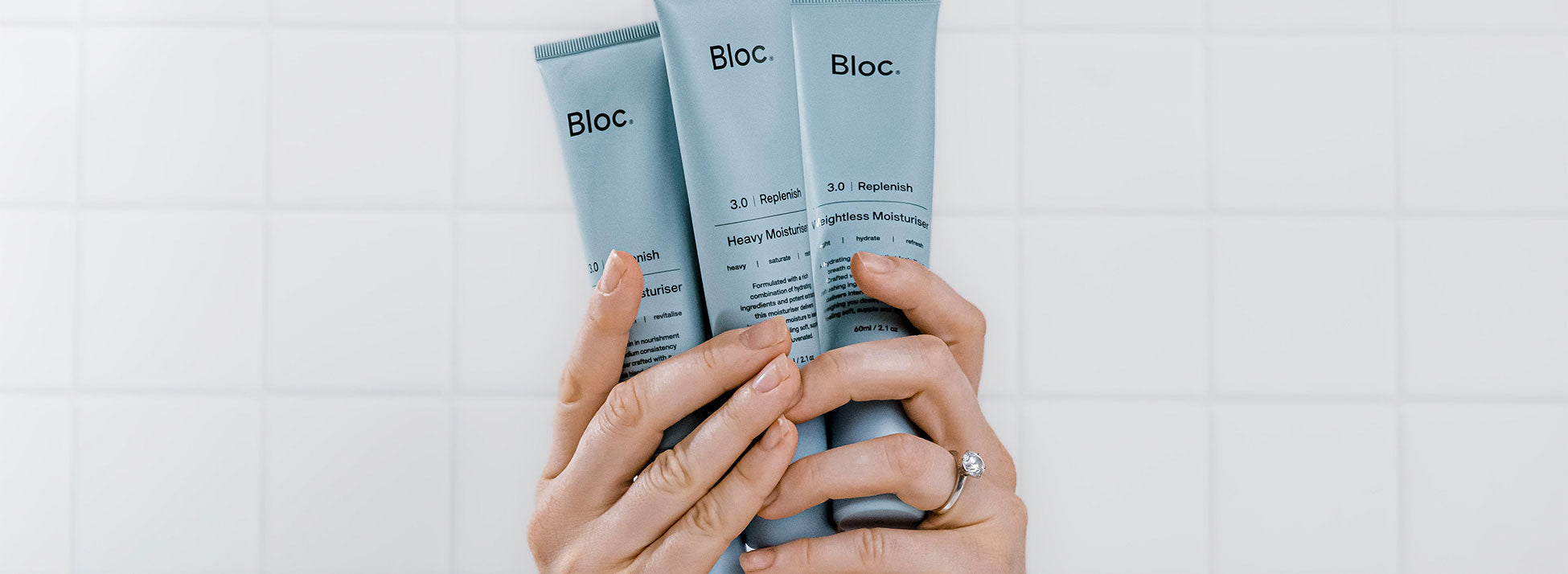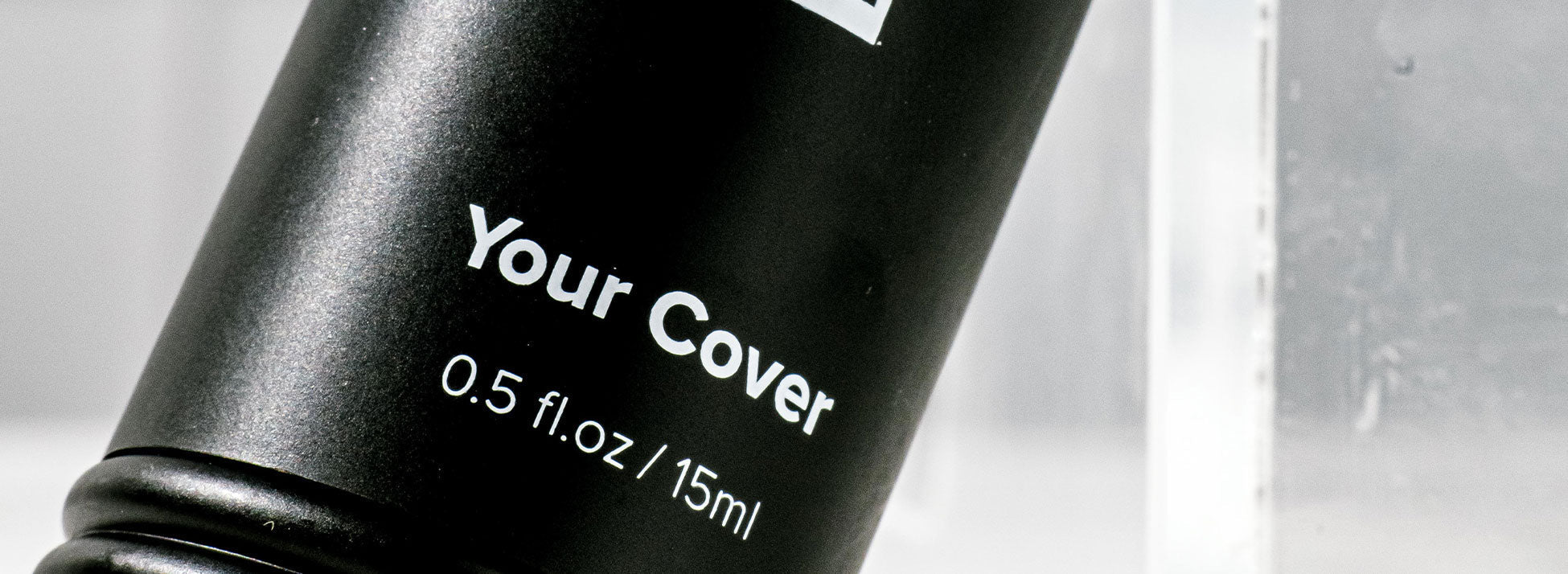Rosacea is a chronic skin condition that primarily affects the face, causing redness, flushing, visible blood vessels, and sometimes acne-like bumps. It’s more common than many people realise, often mistaken for other skin issues like acne or sunburn. While there’s no permanent cure, rosacea can be effectively managed with the right treatment plan and skincare routine.
What Does Rosacea Look Like?
Rosacea can present differently from person to person, but common signs include:
- Persistent redness across the cheeks, nose, chin, and forehead
- Visible small blood vessels (telangiectasia)
- Acne-like spots or bumps
- Flushing or blushing easily
- Thickening of the skin, especially around the nose (in more advanced cases)
- Eye irritation (ocular rosacea), such as dryness, swelling, or a gritty feeling
Rosacea often develops gradually and can flare up for weeks or months before calming down.
What Causes Rosacea?
The exact cause of rosacea isn’t fully understood, but a combination of genetics, immune system response, and environmental factors are thought to play a role. Triggers can vary, but common ones include:
- Sun exposure
- Hot or spicy foods
- Alcohol (especially red wine)
- Extreme temperatures (hot or cold)
- Stress
- Certain skincare products or ingredients
- Exercise
Identifying and avoiding personal triggers is an important part of rosacea management.
Who Gets Rosacea?
Rosacea can affect anyone, but it’s most common in:
- Adults between the ages of 30 and 50
- People with fair skin, light hair, and light eyes
- Women (though men can experience more severe symptoms)
- Those with a family history of the condition
How Is Rosacea Treated?
Treatment for rosacea is tailored to each person’s symptoms and triggers. Options may include:
- Prescription creams or gels to reduce redness and inflammation
- Oral antibiotics for moderate to severe flare-ups
- Laser or light-based therapies to target visible blood vessels and persistent redness
- Gentle skincare routines to avoid irritation
- Lifestyle adjustments to manage triggers
Early diagnosis and treatment can help prevent symptoms from worsening and improve skin appearance and comfort.
Living With Rosacea
While rosacea can be a lifelong condition, many people find that with the right medical guidance and consistent care, flare-ups become far less frequent and easier to manage. Wearing daily sunscreen, using gentle skincare products, and working with a dermatologist can make a big difference.

